How To Plant Bare Root Roses Like A Pro: Simple Steps For Lasting Beauty
Master the art of planting bare root roses with simple expert tips – then sit back and wait for the most glorious blooms imaginable.
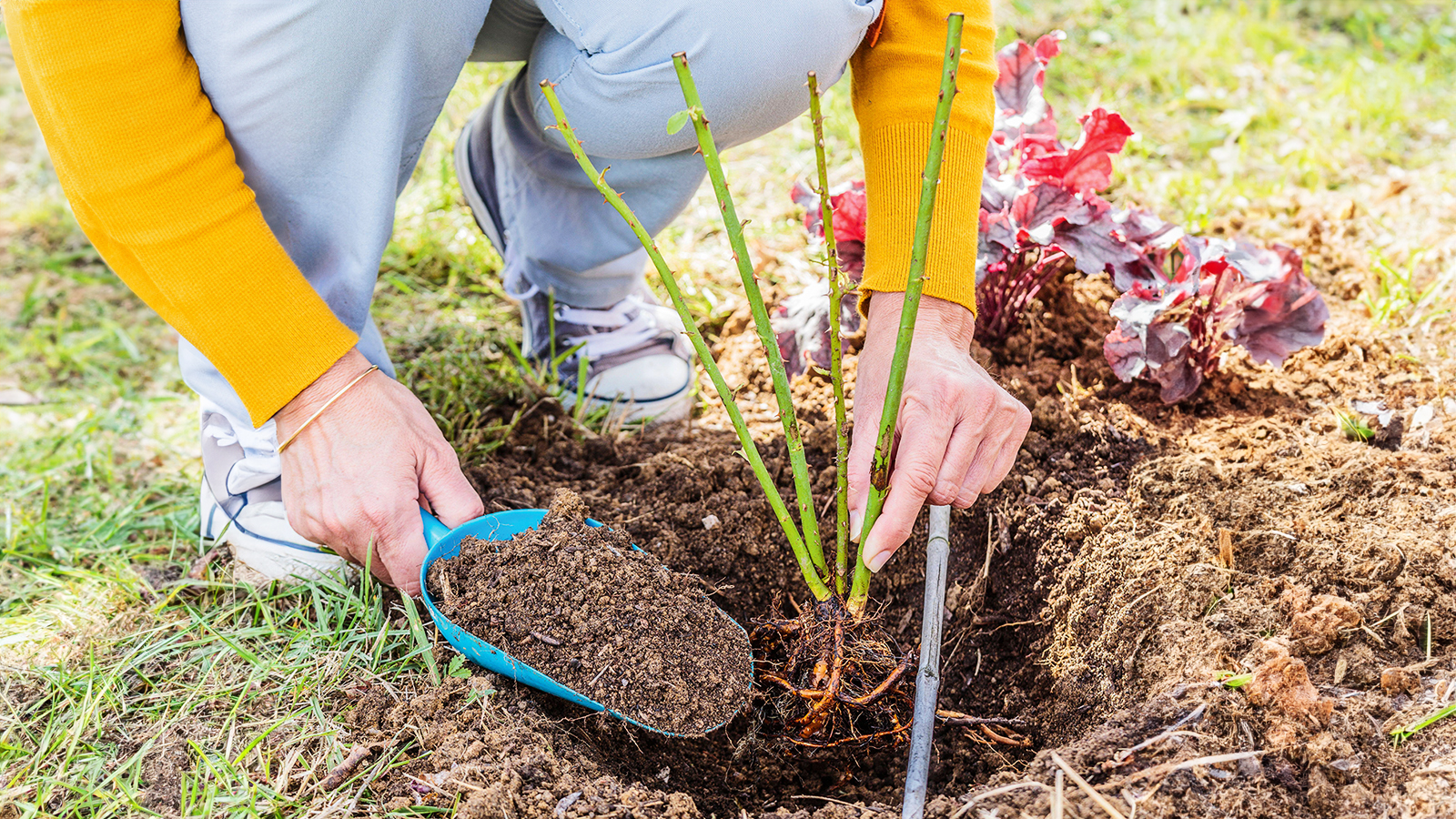

Often passed over as a result of their small, twig-like appearance, bare root roses are an easy and economical way to add lasting color to the home landscape and to containers. Gardeners can expect even the smallest of plants to establish themselves quickly, resulting in vigorous growth and stunning first-season floral displays.
Learning how to plant bare root roses is very simple if you already know how to plant roses. However, attention to their positioning and continued care will be needed to achieve the best results.
If you're learning how to grow roses, then bare roots are a fantastic place to start as the shrubs often grow to be more resilient than those purchased as young plants. You can buy all types of roses as bare roots, including climbing roses and rose trees.
This guide takes a closer look at how to grow bare root roses, when to plant them, and their specific needs after transplant.
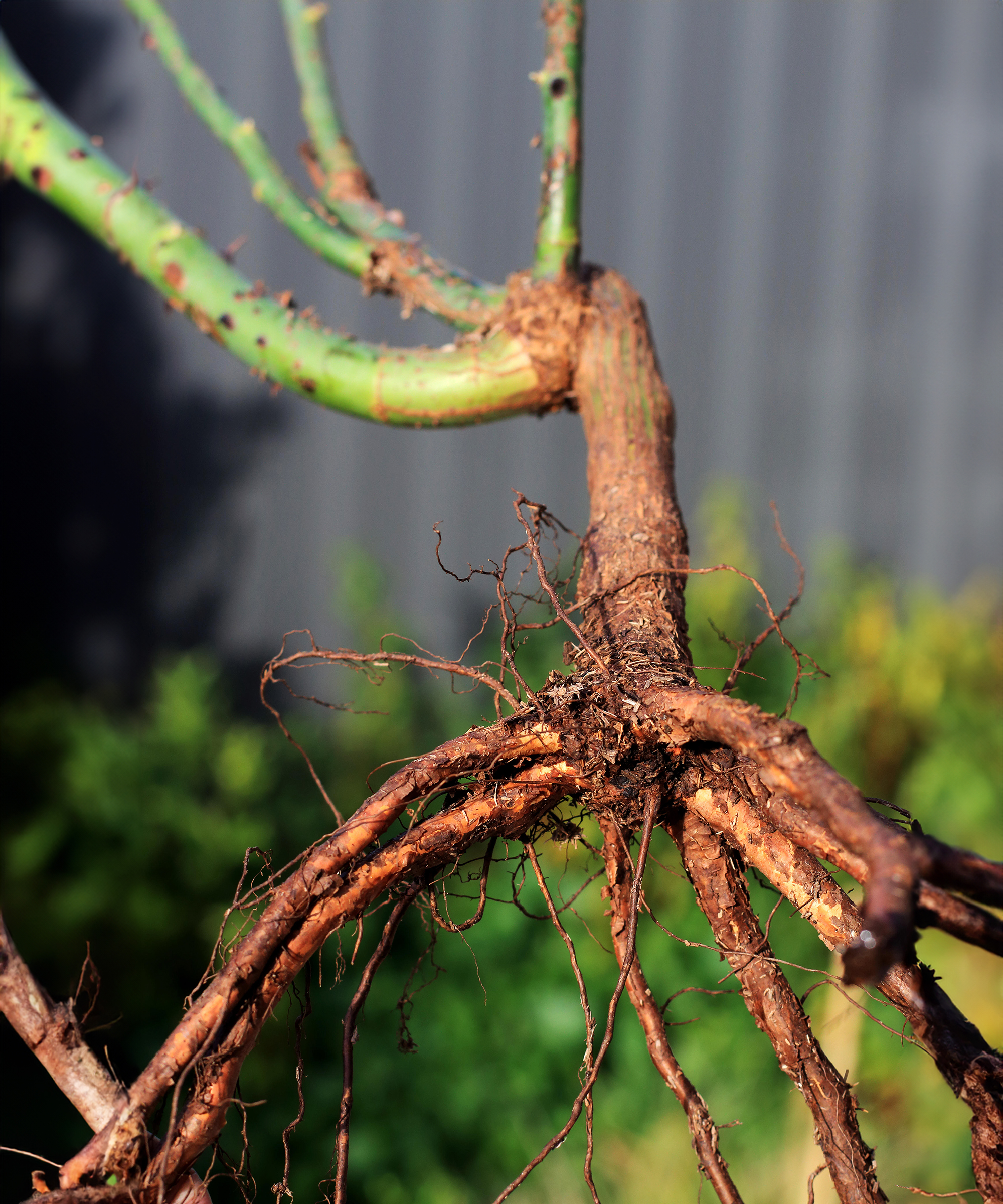
What is a Bare Root Rose?
In the nursery trade, the term “bare root” is most often used to refer to plants that are sold without soil. Plants of this type are almost always dormant when sold to consumers.
Dormant plants are those that have stopped or slowed their growth as a part of a period of rest, or in preparation for winter. During this time, plants will be notably less susceptible to damage as the result of cold, and the potential for stress at their time of transplant.
As well as being bare at the roots, bare root roses are free of any foliage at the top, hence their uninspiring appearance. However, they will quickly put down strong roots and spring to life with fresh growth.
Gardening tips, videos, info and more delivered right to your inbox!
Sign up for the Gardening Know How newsletter today and receive a free copy of our e-book "How to Grow Delicious Tomatoes".
Bare root roses available online and through reputable retailers will have further been trimmed, with each cane cut back to prevent damage during transport and to promote lush growth in spring. They are delivered with their root systems either wrapped in wet paper or in clear plastic bags with some wet shredded paper to help keep the roots wet during shipment.

When to Plant Bare Root Roses
The best time to plant bare root roses varies by USDA hardiness zones. Gardeners should plan to transplant new bushes when conditions are cool. Many experts note a late fall planting among the best, allowing ample time for the production and establishment of a strong root system before the onset of colder weather.
Planting can continue through winter, provided that the soil can still be worked and has not frozen. Transplant in early spring is yet another viable option, though unpredictable fluctuations in temperature may lead to stress. A shorter period of establishment at this time may further contribute to slowed growth in their first season.
If possible, gardeners should avoid planting bare root shrubs through summer, or when conditions are especially warm.
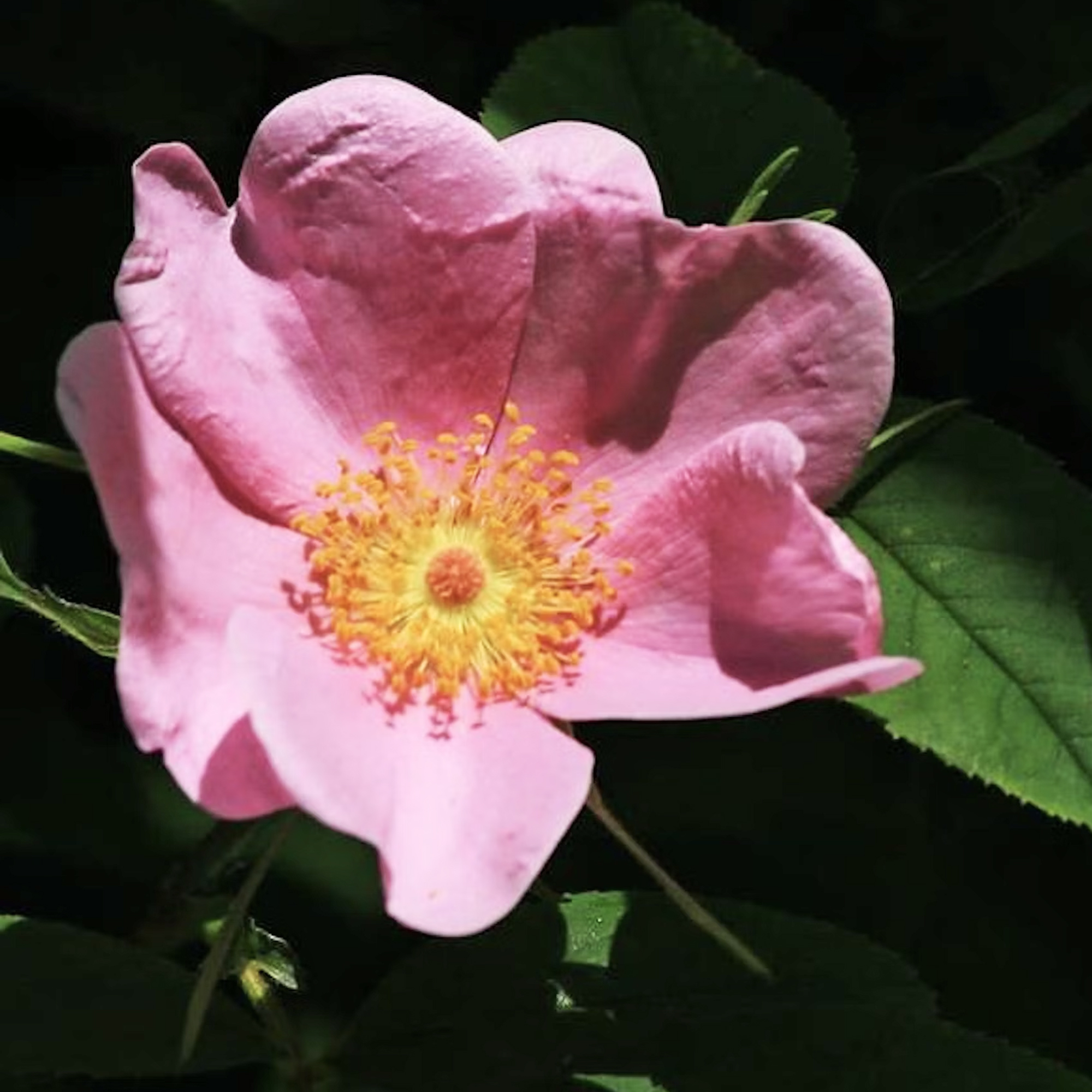
Find the very best roses and other plants for your garden in the Gardening Know How Shop. Each plant has been hand-picked for its beauty and performance.
How to Plant Bare Root Roses
Learning how to plant bare root roses properly is relatively simple, and starts with preparing both the shrubs and the soil.
1. Amend the Soil
Before planting bare roots, preparing soil for roses is key. This can be done days or even weeks in advance, especially if you need to make significant amendments.
First, ensure you have chosen a suitable site to plant your roses. The site should receive ample sunlight, and be free of weeds. Good drainage is key – avoid garden areas prone to waterlogging.
Using a fork, work the soil to a depth approximately twice the height of the plant's root ball. Amend the soil with finished compost or well-rotted manure, and a slow-release rose fertilizer. As an alternative to a commercial fertilizer, you can use natural products such as bone meal, which adds phosphorus for strong root development, kelp meal, a slow-release potassium source, and ground alfalfa meal, which provides slow-release nitrogen and phosphorus as well as the natural growth stimulant triacontanol.
If gardening with clay soil, you can improve aeration and drainage by adding further organic material, such as pine bark or leaf mold.
Test your soil pH. Roses thrive at a slightly acidic level of around 6.5, with an acceptable planting range of 5.5 to 7. You can amend alkaline soil with ericaceous compost or organic materials like pine needles, oak leaves, coffee grounds, or leaf mold. The pH of acidic soil can be raised by adding lime.
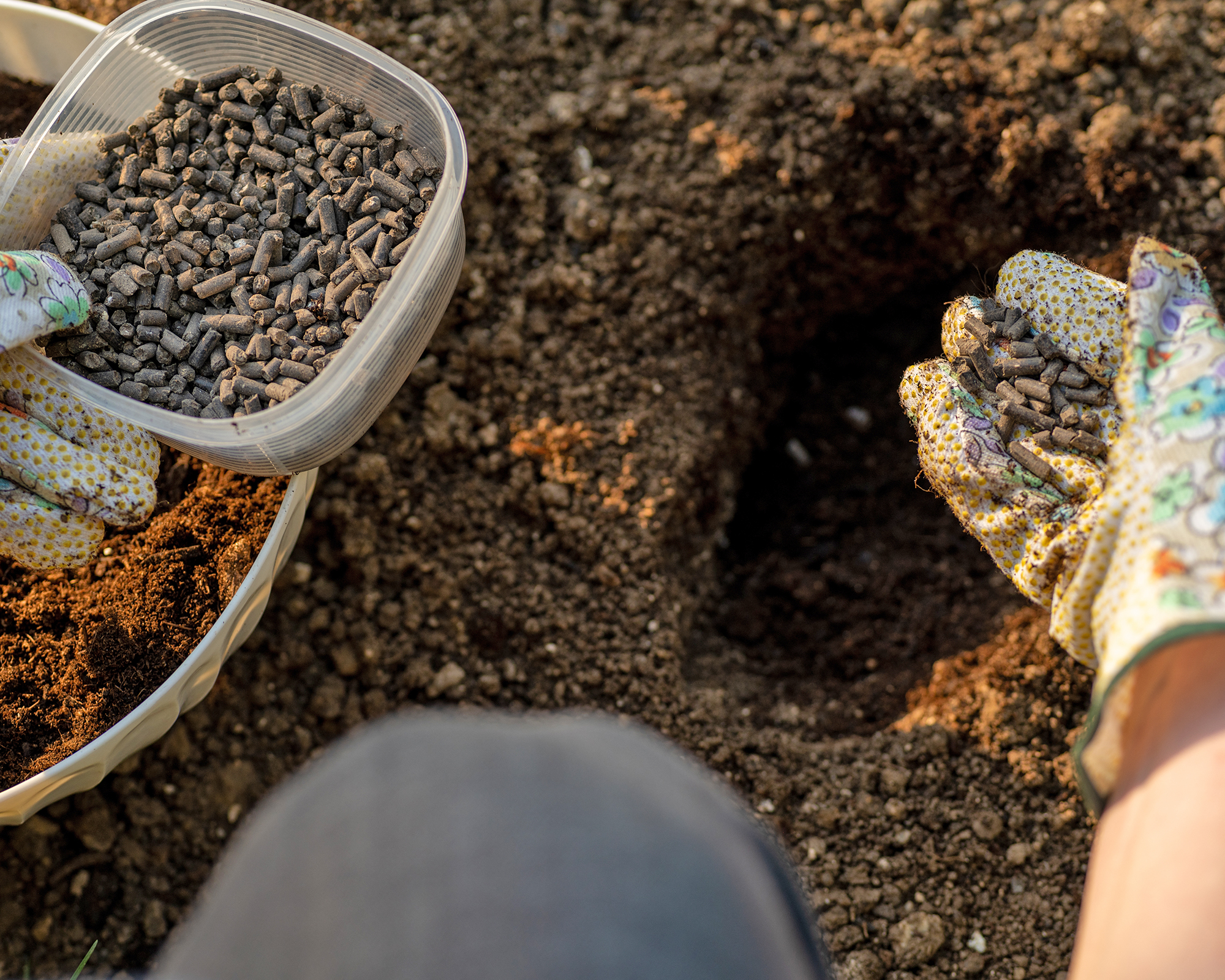
2. Soak the Bare Roots
Soaking bare root roses before planting significantly increases your chances of success as a new rose gardener. Take the bare root roses out of the packing material and place them in a bucket of fresh, clean water for at least two hours – 12-24 hours is better.
A 5-gallon (19L) bucket filled most of the way with water is ideal as you need enough water to cover all of the root system and the lower levels of the rose trunk.
A pro tip is to add a tablespoon or two of a plant food supplement called Super Thrive to the water. This product is a mix of vitamins and hormones and helps the roses to recover from the shock of transplant.
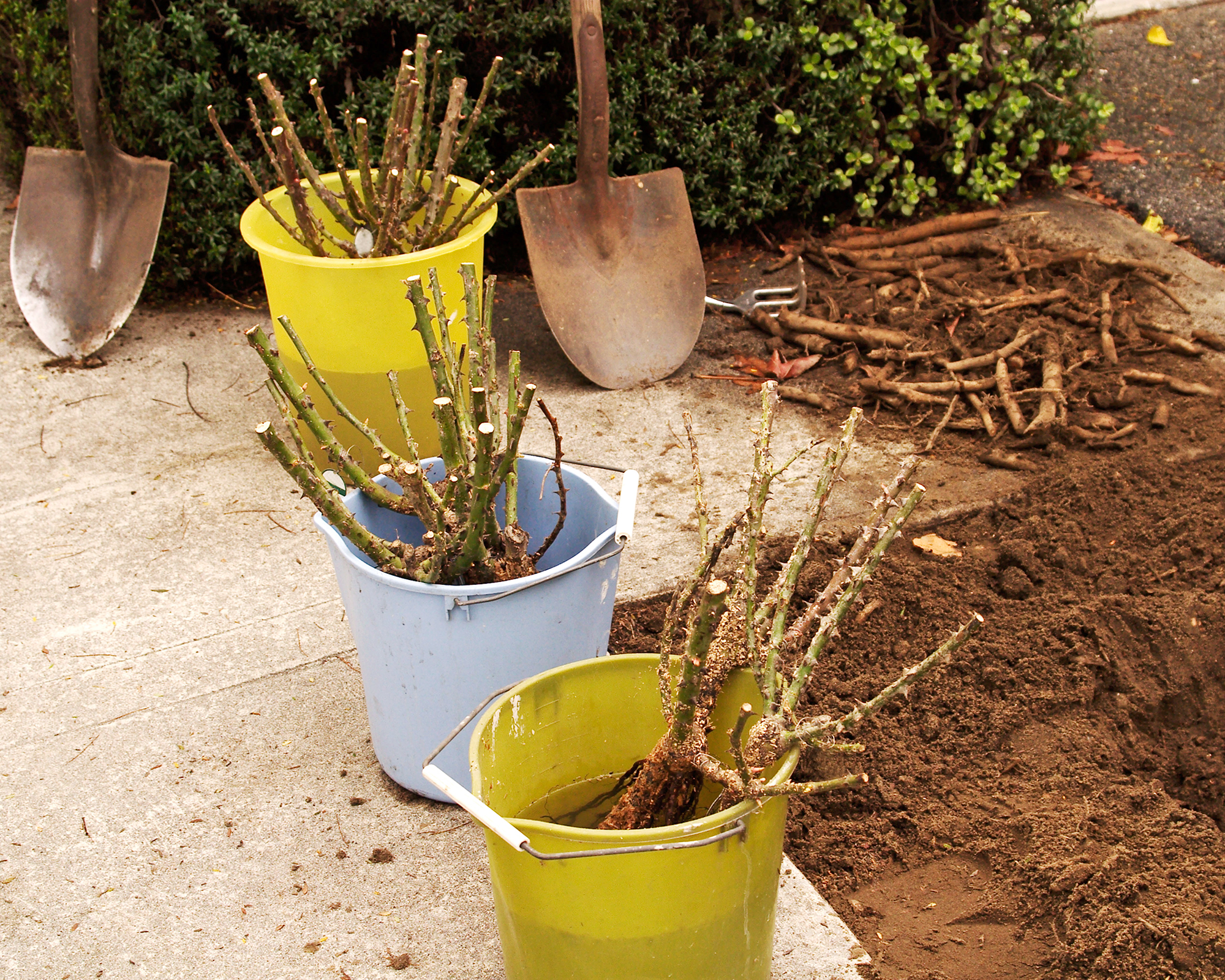
3. Dig Planting Holes
It's time to dig your planting holes. For hybrid tea, floribunda, grandiflora, climbing, or shrub roses, a good size to aim for is 18 to 20 inches (46-51cm) in diameter and at least 20 inches (51cm) deep.
Fill the new planting holes up about halfway with water and let it drain away while the rose bushes are soaking in the buckets.
4. Plant the Roses
Each shrub can now be positioned into its prepared hole, making certain that roots are splayed freely. Sprinkling mycorrhizal fungi over the roots before planting will help the shrub establish a stronger root system, enabling the roses to take in more water and nutrients from the soil.
Backfill the soil into the hole and firm it gently around the plant. The canes should be buried just to ground level, with at least 2 inches (5cm) of medium covering the shrub's crown.
Water the newly planted rose well, saturating the planting area in its entirety.
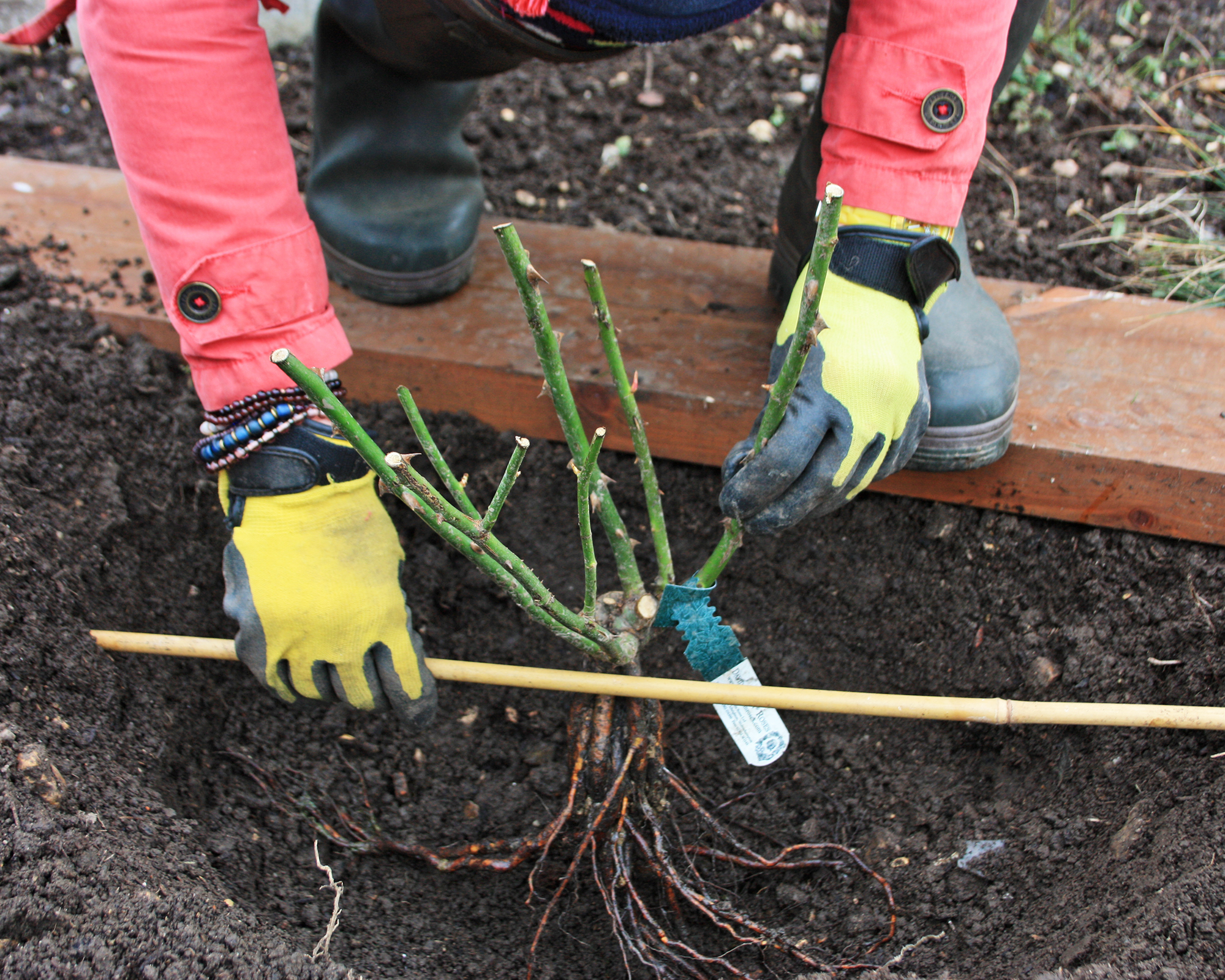
How to Care for Bare Root Roses
Care for newly planted bare root roses is minimal. Watering roses should be consistent throughout spring to ensure healthy root development. Still, growers should remain cautious of overwatering, which may lead to rot or the development of other fungal diseases.
The addition of mulch after planting may also be beneficial as a means to better maintain moisture and protect shrubs through winter. This practice may be especially helpful to bare roots planted in the fall, protecting them against drying winds and heaving. The best mulch for roses is quality compost or natural soil conditioner, or organic material such as grass clippings, straw, and tree bark.
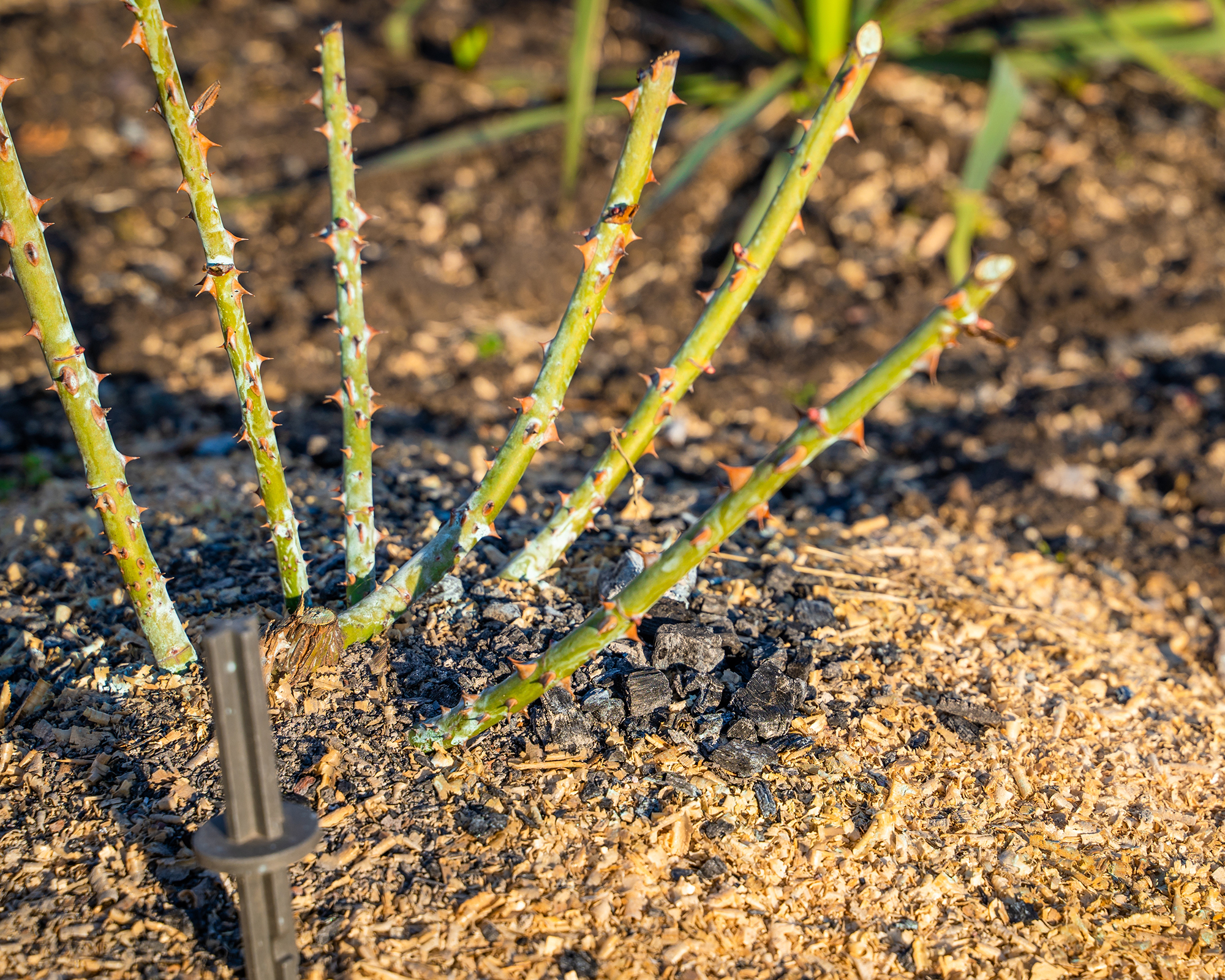
How Long Do Bare Root Roses Take to Grow?
The growth of bare root roses will depend greatly on their size at transplant. While smaller specimens may require several seasons to reach their full potential, most will reach a considerable size in their first spring.
The best time to transplant roses will also play a role in determining when bare root plants will begin to grow. Considerable time may pass, at least 10-12 weeks, before the appearance of noticeable growth of those planted in fall. Gardeners having planted in spring can expect a much shorter wait time before shrubs begin to break dormancy, budding in as little as 35-40 days from transplant.
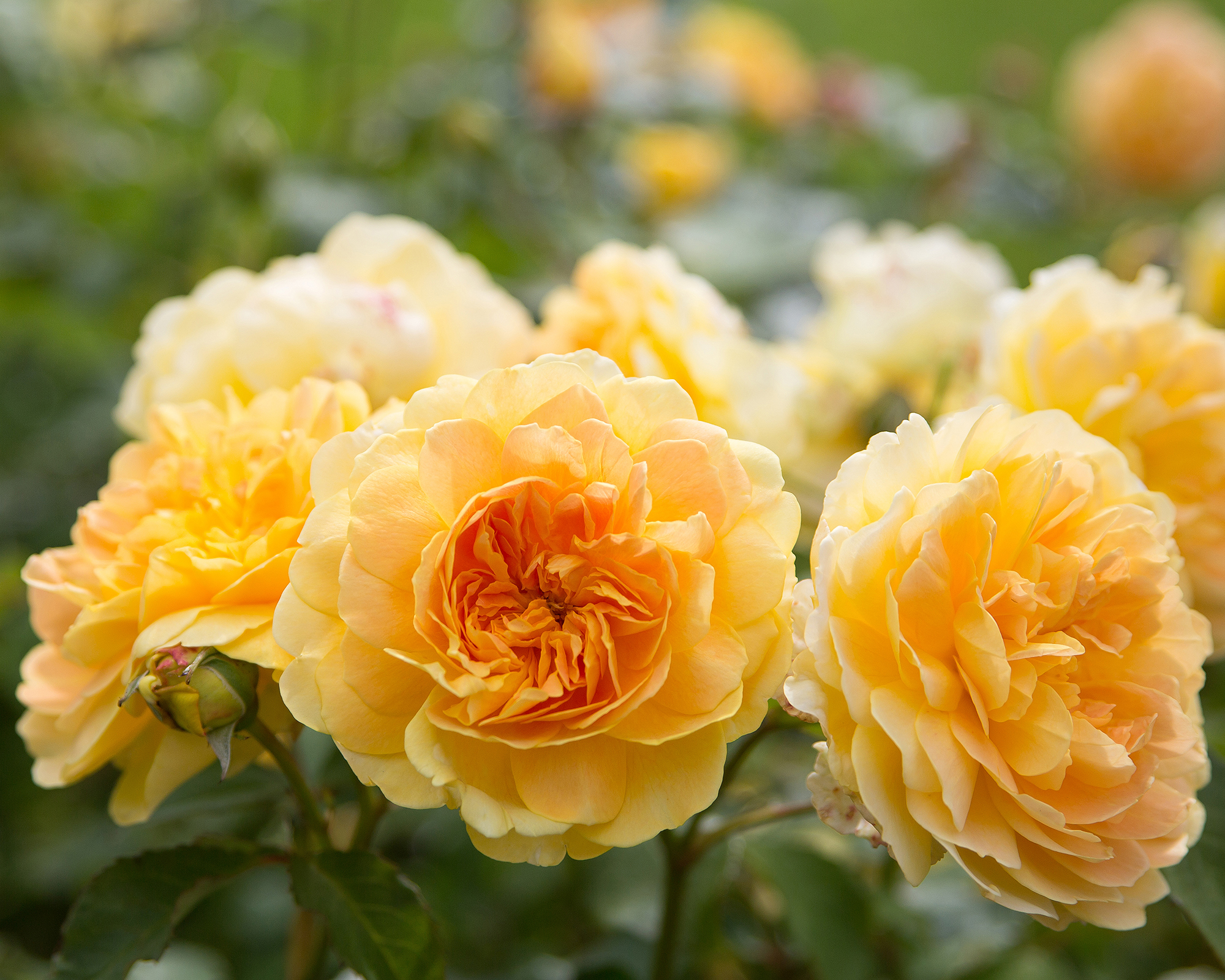
How Soon Will Bare Root Roses Bloom?
Given a long period of establishment, bare root roses will generally begin blooming in their first season. While smaller plants may produce buds that are somewhat varied in size and appearance, most fall and winter-planted shrubs will yield a large number of true-to-form flowers.
As the bloom period will vary by species and type, experienced growers often suggest diversity among selected cultivars as the best means to extend the life of floral displays within beds.

Tonya Barnett has been gardening for 13 years. Flowers are her passion. She has transformed her backyard into a cut flower garden, which she regularly chronicles on her YouTube channel http://www.youtube.com/@tonyawiththeflowers.
- Stan V. GriepWriter
- Melanie GriffithsSenior Editor
-
 Looking For Plants To Give You The Soft And Fuzzies? Try These 5 Fuzzy Leaf Plant Options
Looking For Plants To Give You The Soft And Fuzzies? Try These 5 Fuzzy Leaf Plant OptionsLovers of texture, drama, silver foliage and tactile plants will adore these special sensory garden additions. These fuzzy leaf plant options will leave you all aglow
By Susan Albert
-
 Get Ready For A Summer Of Hummers! Grow These Full Sun Hummingbird Plants and Flowers
Get Ready For A Summer Of Hummers! Grow These Full Sun Hummingbird Plants and FlowersIf you’re lucky enough to enjoy a sunny backyard, make sure you are maxing out on your pollinator opportunities and grow these full sun hummingbird plants and flowers
By Tonya Barnett